When loudspeakers are no longer the only gathering place, when the concrete yard of the cultural house is still strange to some rural areas, the village communal house, like an "ancient heart", silently beats in every village activity.
Keeping the old spirit in the new village
In the journey of new rural development, Thanh Hoa is one of the localities that focuses on both modern construction and preserving and promoting traditional cultural values.
Among thousands of cultural houses, concrete roads, and schools, the village communal house, a sacred cultural symbol, still quietly holds its role in people's minds.
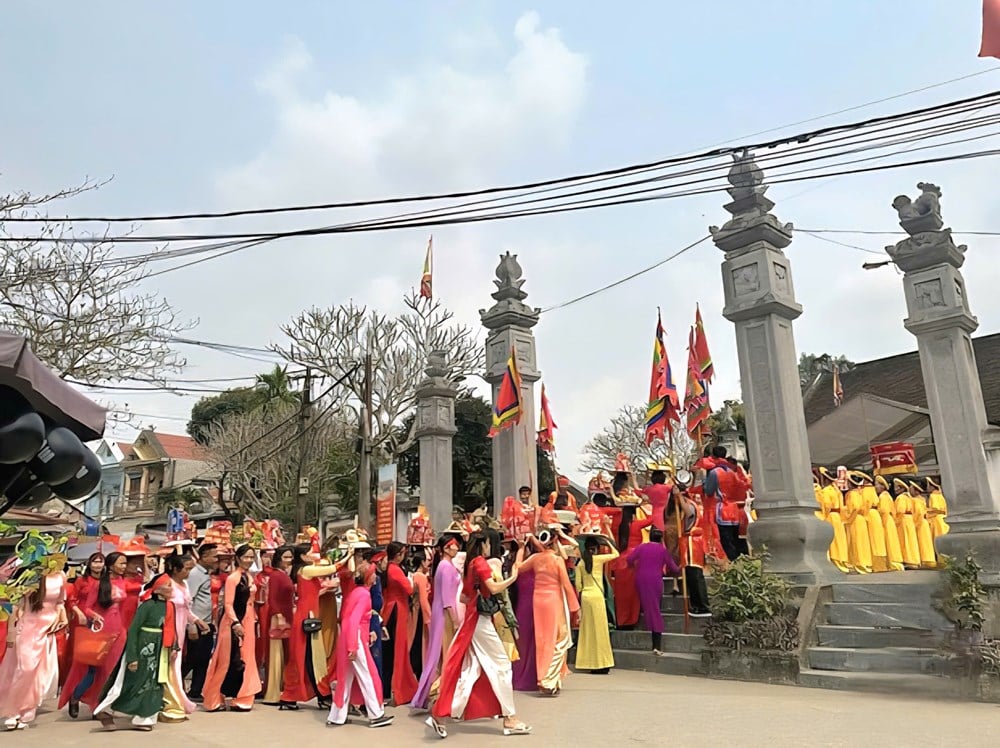
According to the Center for Historical Research and Cultural Heritage Conservation, the province currently has 458 communal houses. Of these, 149 are ranked as relics, with 12 at the national level.
More preciously, 279 communal houses still retain their original architecture despite being hundreds of years old, many of which are still as sturdy, majestic and intact as they were in the beginning. The remaining 179 communal houses have degraded, with only the foundations remaining, but they are still important pieces of memory that need to be preserved.
In the middle of the Ha Trung cultural region, a land famous for its tradition of studiousness and courtesy, there are 27 ancient communal houses. These are not only places to worship the tutelary god, but also venues for village festivals, cultural exchanges, and community activities.
In many communes such as Yen Son, Ha Ngoc, Hoat Giang..., the model of integrating communal houses with new cultural institutions is proving effective: communal house yards become places for morning exercises, the altar is a place for folk rituals, and lullaby and folk singing classes are also held regularly every month.
In Hau Loc district alone, about 20 communal houses still exist in preservation and practical use. In Tien Loc commune, Son communal house and Ngo communal house are two "spiritual pillars" of the community.
Dinh Son is ranked as a provincial relic, but is still used by the villagers as the “unofficial headquarters” of the village: to discuss village affairs, organize weddings, funerals, and perform arts on holidays. That space is both sacred and intimate, connecting the community from generation to generation.
The leader of Tien Loc Commune People's Committee shared: "In building new rural areas, we do not chase after new things and ignore old values. The communal house is the spiritual root, the place to preserve cultural identity. Tien Loc people are proud that the communal house still exists as a part of daily life, not just a relic to visit."
From socialized resources and combined with new rural capital, many communal houses have been restored and upgraded: replacing tile roofs, reinforcing foundations, adding lighting systems, cleaning the grounds, etc. These changes do not destroy the original architecture but also add to the majesty and antiquity.
What is special is that the restoration process is not only undertaken by the government but also has the active participation of the people. They contribute their time and money, voluntarily preserving the communal house as if preserving their own family memories. From regular cleaning sessions to contributing money to repair the communal house roof – everyone considers it a responsibility and an honor.
From traditional institutions to vibrant living spaces
Not just a place of worship, the communal house is gradually "transforming" to become a multifunctional community cultural space. Dr. Le Thi Thao - Head of the Faculty of Social Culture, University of Culture, Sports and Tourism, commented: "The communal house is a typical traditional cultural institution, capable of integrating many functions: beliefs, community activities, historical education , heritage preservation. If exploited properly, the communal house will become a 'heritage stopover' in the middle of the modern countryside".
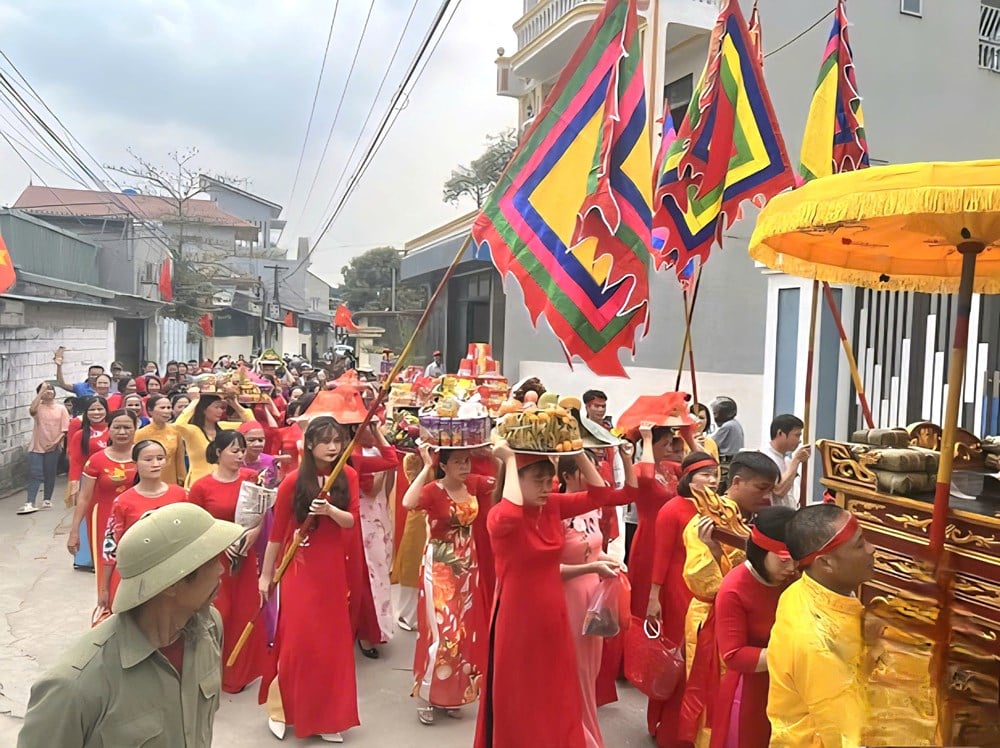
In Tien Loc, the Commune Cultural Working Committee has proactively established a relic profile for the communal house, invited experts to guide the restoration of traditional rituals, and organized folk art performances such as Chau Van singing, Ca Tru singing, bamboo dance, and To Tom Diem singing.
Recently, the communal house space has also become a "memory gallery" with ancient farming tools, old village photos, extended family genealogies and oral stories vividly expressed through paintings, skits and dramatizations.
Communes such as Ha Ngoc, Ha Vinh, Yen Son... also have similar initiatives. The communal house is open regularly, lights are on every night, the communal house yard is where children play and adults chat. On the full moon and first day of the lunar month, the sound of wooden fish and bells resounds in the early morning mist, reviving sacred memories of an ancient Vietnamese village.
Not only villagers, many tourists also come to village festivals to experience the culture. They listen to the elders tell stories about the village's tutelary god, participate in traditional rituals, join singing festivals, competitions, and taste special dishes such as rice cakes, bitter leaf soup, bamboo rice... That is true community tourism, not only seeing, but also feeling and living in the heritage.
What is precious is that many young people and students who seem to have drifted away from tradition are now enthusiastically participating in activities at the village communal house. Through this, they not only learn history through books, but also understand their roots with their hearts. “What I like most is when I dance on bamboo poles in the communal house yard, listening to my grandmother tell stories about our ancestors who founded the village. I feel like I am a part of that story,” said a 9th grade student, Tien Loc.
Village communal house: The underground source of community cohesion
In an era where concrete and steel are gradually replacing tiled roofs and ironwood columns, the communal house is still a “cultural oasis” diligently preserving its core values. More than just a relic, the communal house is an underground stream that nurtures morality, connects people together, and connects the present with the past.
Many generations still consider the communal house the most sacred place in the village. There, children are taught manners, adults discuss village affairs, and the elderly quietly burn incense every morning.
Before each harvest season, the village meets at the communal house to pray for a favorable harvest, to disseminate production policies, and to share farming experiences. It is a beautiful, simple but sustainable image of a type of "village democracy" that is very Vietnamese.
Authorities at all levels in Thanh Hoa have recognized that special role. Policies to support the restoration of communal houses are integrated into the new rural development program. Although the budget is not large, it has a very strong ripple effect: wherever communal houses are well maintained, the community is united, the cultural movement develops, and security and order are ensured.
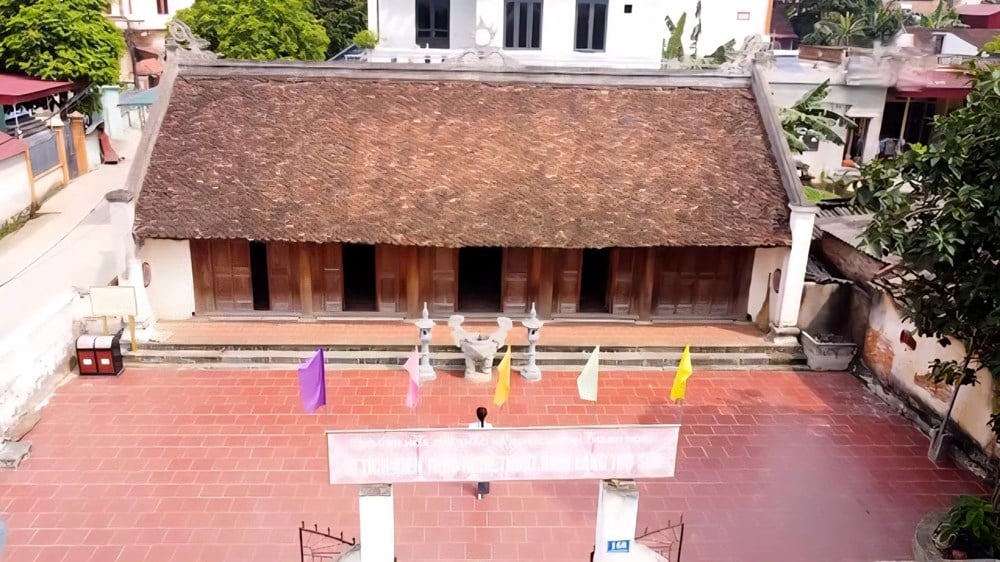
And above all, it is the place where people who live far away come back to. Children far away from home gather at the communal house every time there are ancestral death anniversaries or village festivals. They bring with them nostalgia, gratitude, and pride. The communal house at that time was not only an ancient object, but also a symbol of attachment and of a living tradition.
Moving forward, what many localities aim for is to build communal houses as “local cultural centers”: with specific conservation plans, heritage teaching teams, and regular activities to serve the community and tourists. Communal houses will not be “museumized” but will live in their true sense as sacred, intimate entities, connecting memories and evoking identity.
Source: https://baovanhoa.vn/van-hoa/hoi-sinh-hon-cot-xu-thanh-giua-nhip-song-moi-146257.html


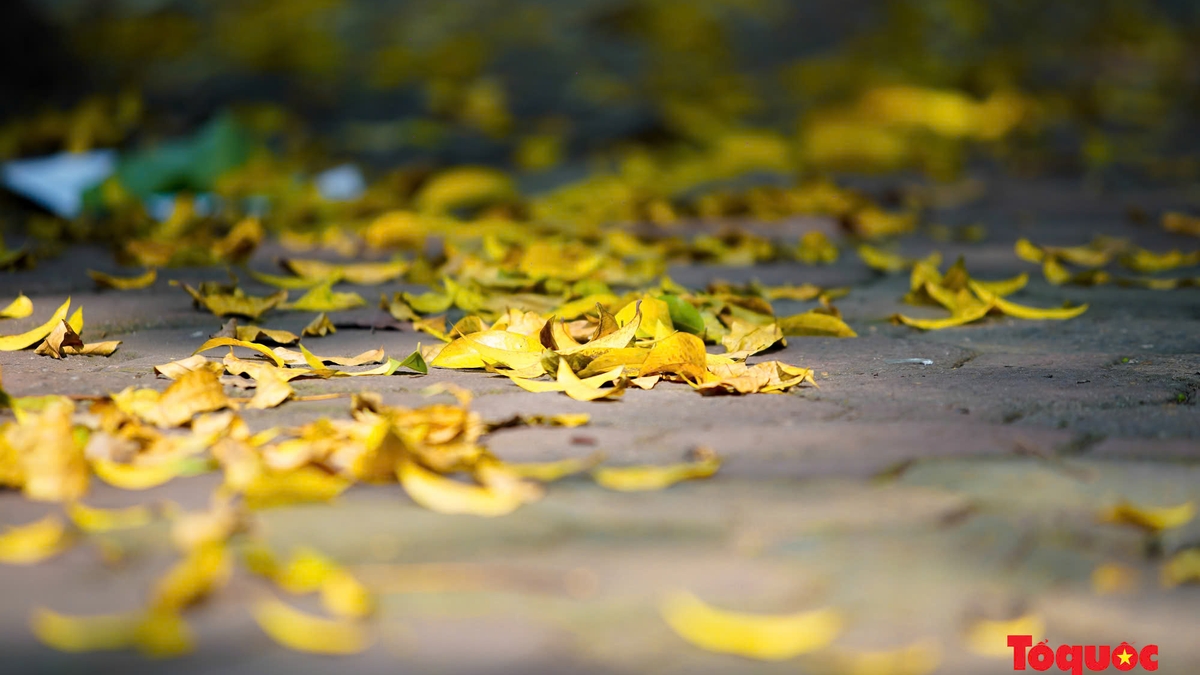
![[Photo] Panorama of the 2025 Community Action Awards Final Round](https://vphoto.vietnam.vn/thumb/1200x675/vietnam/resource/IMAGE/2025/11/15/1763206932975_chi-7868-jpg.webp)


![[Photo] General Secretary To Lam receives Vice President of Luxshare-ICT Group (China)](https://vphoto.vietnam.vn/thumb/1200x675/vietnam/resource/IMAGE/2025/11/15/1763211137119_a1-bnd-7809-8939-jpg.webp)
![[Photo] Prime Minister Pham Minh Chinh meets with representatives of outstanding teachers](https://vphoto.vietnam.vn/thumb/1200x675/vietnam/resource/IMAGE/2025/11/15/1763215934276_dsc-0578-jpg.webp)
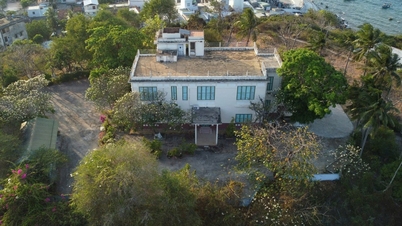

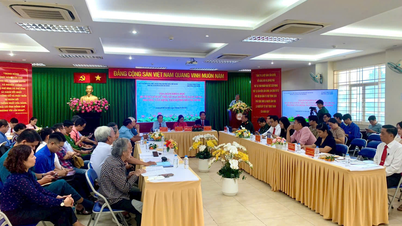

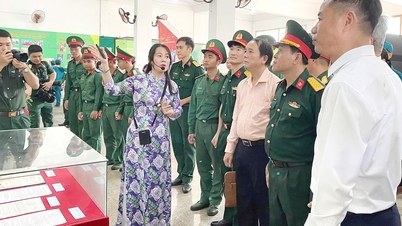

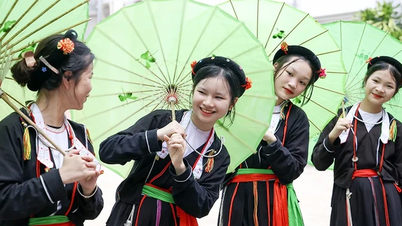



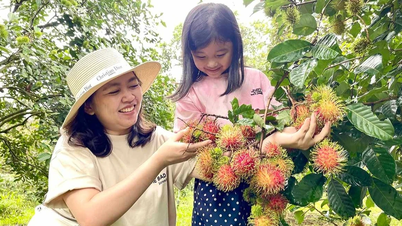

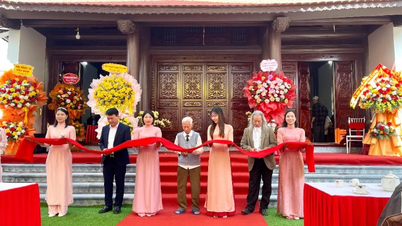

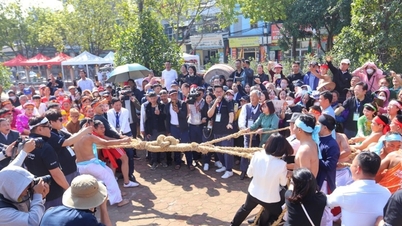

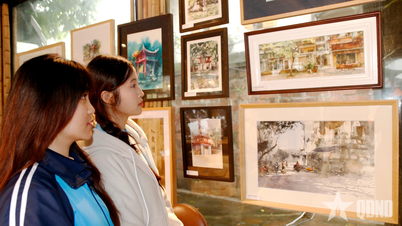
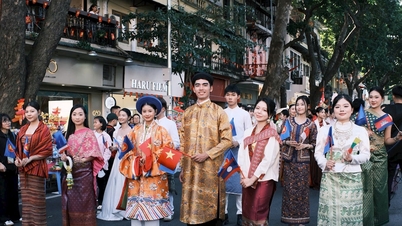
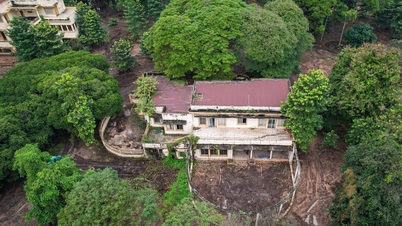








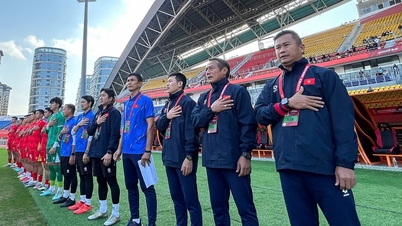
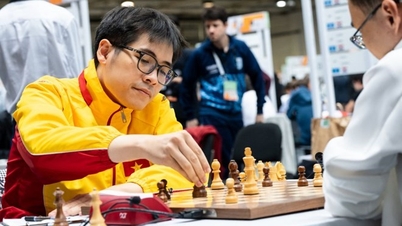

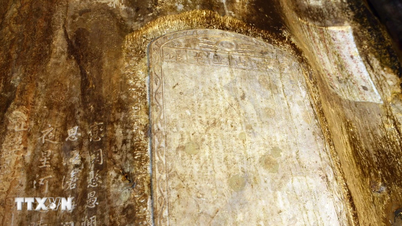




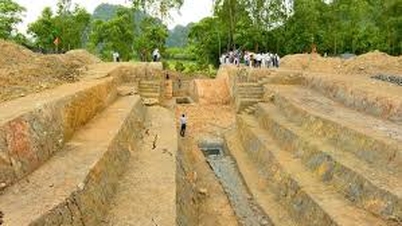

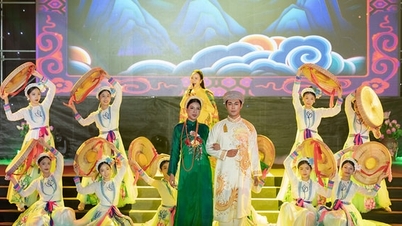








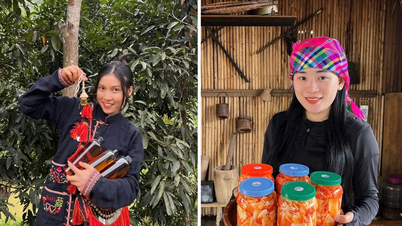





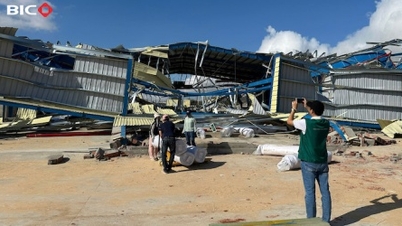




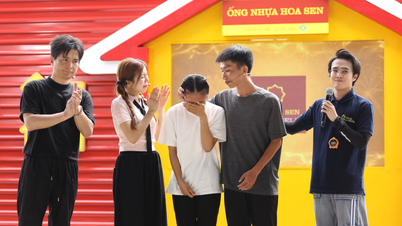




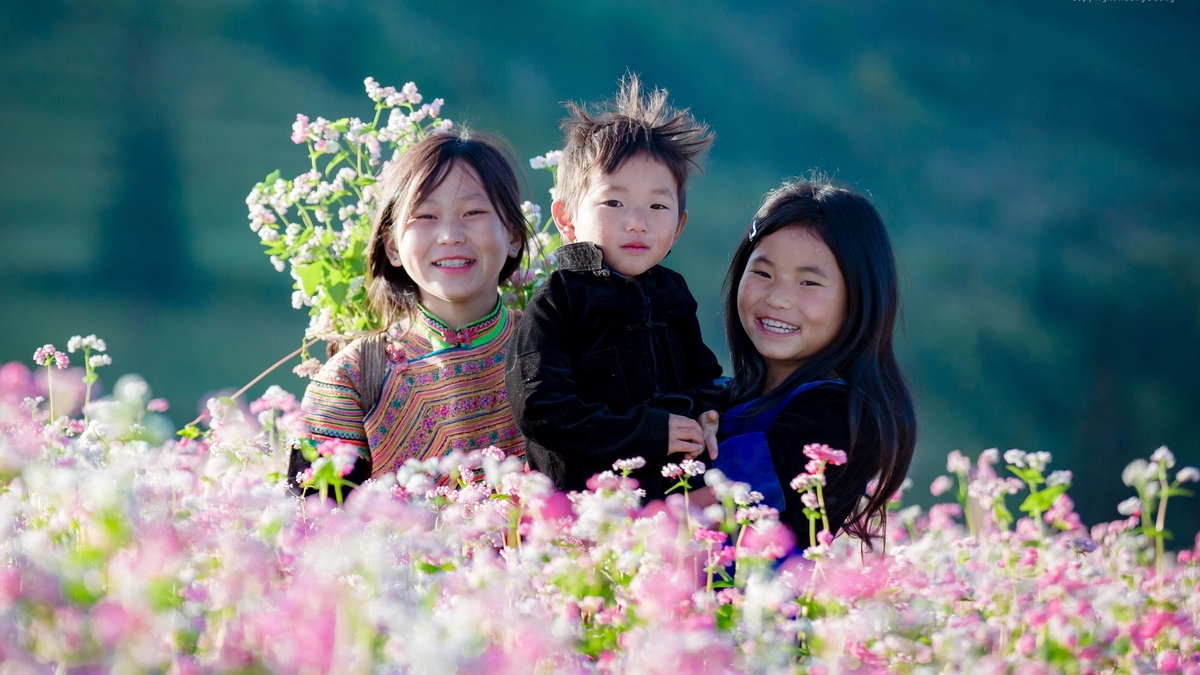


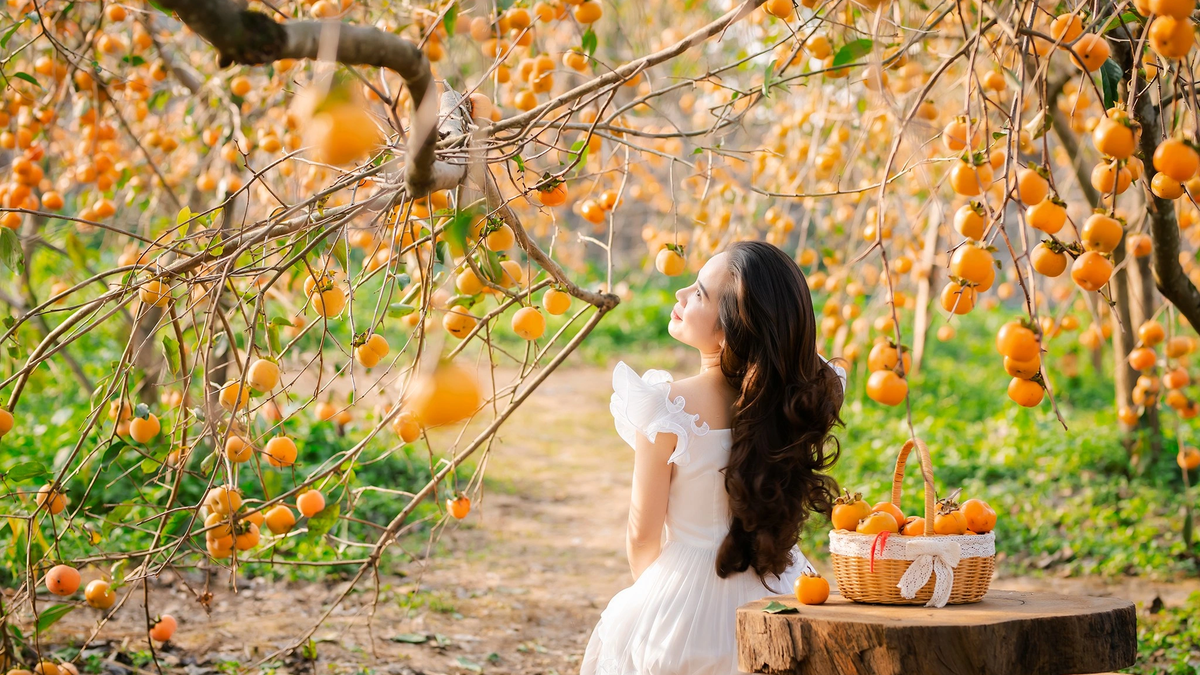
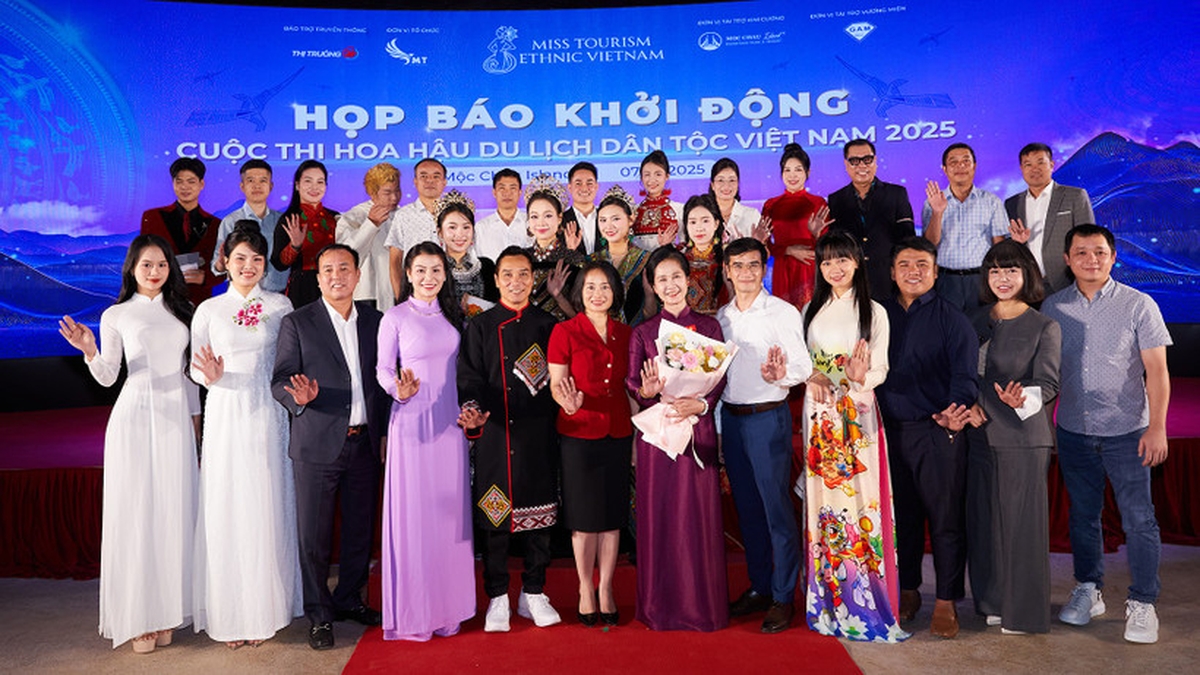

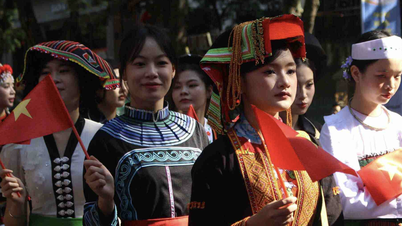




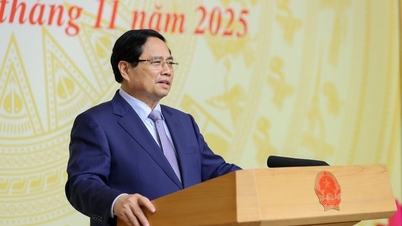



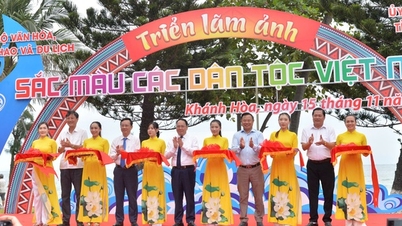

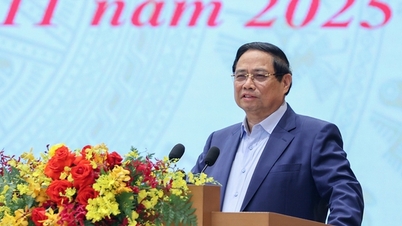

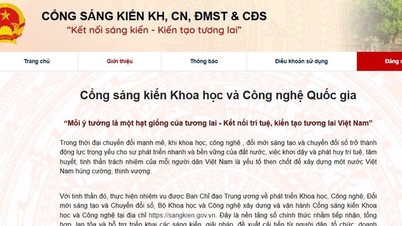







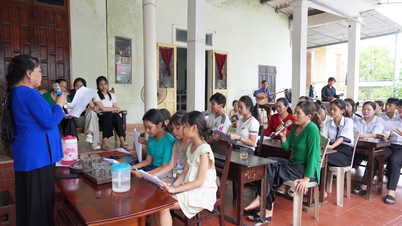













Comment (0)